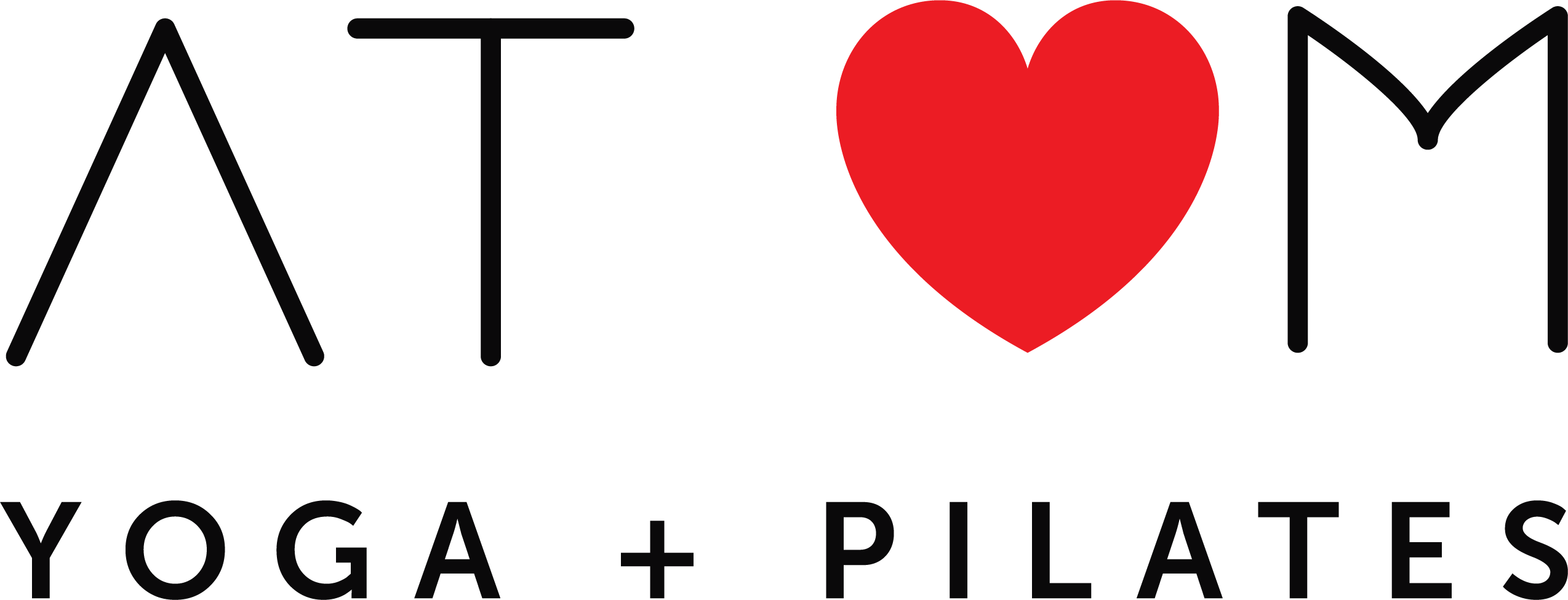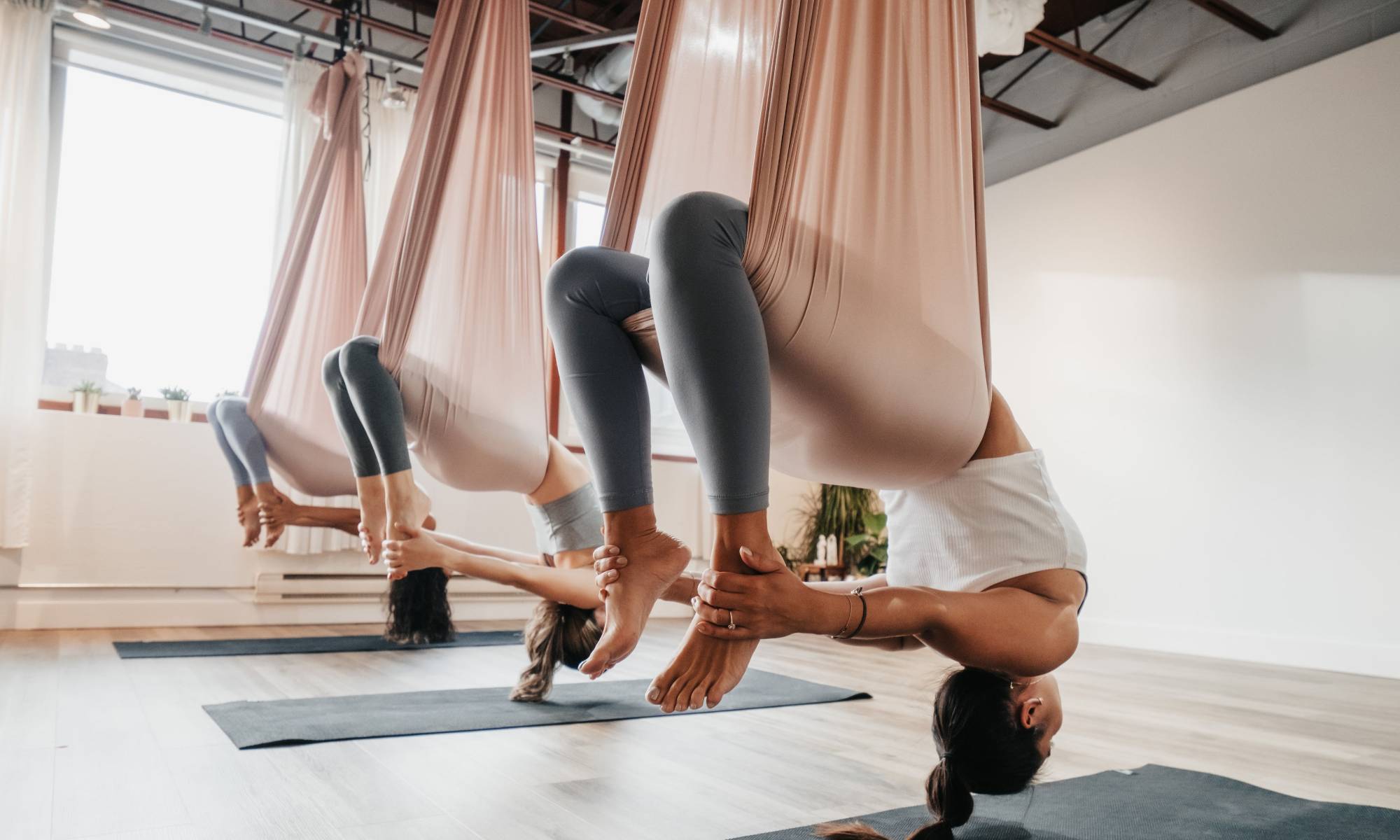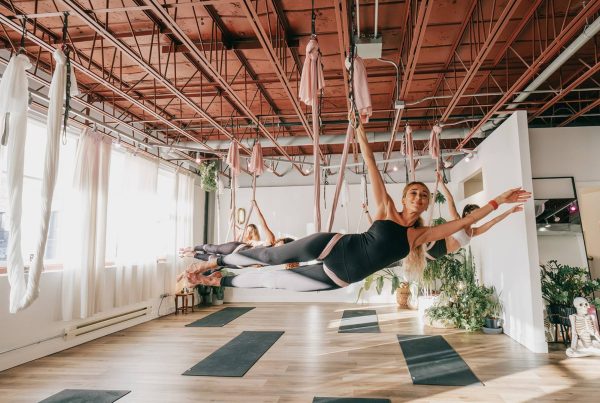Balance gets sharper with practice, but a hammock adds a clever twist. Take the ground away, and the body wakes up, recruiting muscles and senses that usually coast. Week after week, flyers notice steadier steps, calmer minds, and movement that feels both light and controlled.
Core Stabilization That Stems from Suspended Strength Training
Hanging support turns the core into a 360-degree stabilizer instead of a simple “abs only” engine. Every small sway demands a response from deep muscles—the transverse abdominis, multifidus, and pelvic floor—which team up to keep the spine long and the ribs quiet. Because the hammock shifts under load, bracing becomes dynamic, not rigid, which teaches the torso to stay organized while limbs move freely during aerial yoga.
Consistency matters more than heroics. Five to ten minutes of suspended planks, hollow holds, and resisted rotations a few times a week builds endurance without joint strain. Over time, flyers feel a steady “corset” effect that supports hip and shoulder control, making everyday tasks—carrying groceries, climbing stairs, long hours at a desk—feel easier and safer because the trunk stays responsive instead of tense.
Expanded Range of Motion Supported by Air-Borne Stretching
Gentle traction is the secret sauce. The hammock unloads joints just enough to let tight tissue glide, so hamstrings lengthen without tugging the low back and hip flexors release without pinching the front of the hips. Add slow breath, and the nervous system drops its guard, allowing new range to settle in rather than snap back after class, which is a common win for fans of aerial yoga.
Progress shows up where people least expect it—rotation. Supported twists give the thoracic spine room to move while protecting the neck and lower back. Shoulders also benefit from decompression, so overhead reach improves for presses, swims, or daily lifts. Because the fabric “meets you where you are,” gains come from consistent micro-dosages instead of forced splits or risky dips, creating durable flexibility that supports balance in motion.
Heightened Proprioceptive Awareness Through Consistent Airborne Alignment Practice
Proprioception is body GPS, and training off the floor boosts its signal. The hammock provides constant feedback—too far forward and it slides, too far back and it slackens—so the brain learns to map joint position with unusual precision. After several sessions, ankles and hips start making tiny pre-corrections, which creates smoother transitions and fewer stumbles during aerial yoga.
Eyes, ears, and skin all pitch in. Gaze anchors the head, the inner ear measures tilt, and fabric pressure tells you exactly where you’re hanging in space. That multi-sensor blend upgrades balance faster than typical mat work because each repetition forces quick, honest alignment. The result shows up outside the studio: quicker footwork on stairs, better reaction to curb surprises, and easier recovery after slips on wet sidewalks.
Improved Postural Control via Balance-Centric Aerial Transitions
Posture isn’t just standing tall; it’s how the body holds shape while moving. Transitions from wrap to wrap teach rib placement, pelvis neutrality, and shoulder centration in real time. With each mount, invert, and exit, the spine learns to stack itself without strain, which translates to confident carriage both on the street and during aerial yoga.
Small drills build big change. Think slow single-leg stands while the free foot skims fabric, or diagonal reaches that keep the trunk quiet as the arm travels. These moves strengthen the hips that steer knees, reduce the swayback habit, and train the neck to float rather than crane. Over weeks, posture stops being a pose and becomes a reflex, which is the most reliable foundation for balance.
Enhanced Mental Focus Cultivated Through mid-Air Stabilization
Floating sharpens attention. You cannot plan dinner while holding a suspended warrior; the task demands presence. That focused state calms noise in the brain and trims reaction time, which improves how quickly the body corrects tiny wobbles during aerial yoga.
Breath ties it together. Inhale to set the shape, exhale to settle the ribs, pause to feel the feedback. This simple rhythm acts like software for the nervous system, reducing over-correction and anxiety loops. Students report clearer thinking after class because the mind just practiced single-task attention for a full hour—something modern life rarely allows—so balance improves both physically and mentally.
Graceful Equilibrium Gained Through Gravity-Assisted Movement Challenges
Grace isn’t an accident; it’s the product of controlled challenges. Gravity-assisted drills—like slow descents, eccentric pulls, and floating lunges—teach muscles to lengthen under load. That quality of strength, called eccentric control, is the glue that smooths out steps, turns, and landings during aerial yoga.
Tempo work adds polish. Counted lowers and quiet catches refine how power switches on and off, which removes the jerky feel that makes balance shaky. Pair that with light touch points—one finger on the fabric, one toe on the floor—and the body learns to share the work across joints. The payoff is movement that looks effortless because it’s evenly distributed, not forced through one tired muscle group.
Confident Aerial Coordination Built from Repeated mid-Air Pose Mastery
Coordination is balance in 3D. Stringing poses into short flows—mount, hook, twist, extend—teaches timing, accuracy, and rhythm. Each sequence is a mini-puzzle where arms, legs, and trunk must hit their marks at once, which upgrades whole-body control far better than isolated drills during aerial yoga.
Repetition locks it in. The first week builds a map, the second week speeds the route, the third week trims detours. With practice, transitions feel automatic, and confidence climbs because the brain knows what comes next. That assurance shows up on the ground, too—quicker reactions on a bus, smoother cuts on a trail, and steadier footing in crowded spaces.
AT OM Yoga Helps You Build Unshakable Balance And Calm Through Aerial Classes Designed For Real Bodies And Real Schedules
From focused breath to gravity-smart drills, each visit builds coordination you can feel on the mat, at your desk, and on the street. Expect smart sequencing, respectful pacing, and coaching that makes tough skills feel possible and safe.
AT OM Yoga offers supportive aerial progressions, clear coaching, and a community that celebrates small wins as much as big moves. Sessions are structured to meet beginners with patience and challenge returning students with precision, so improvement shows up week after week without guesswork or gimmicks. Whether your goal is stability, mobility, or mental clarity, your sessions will move you there with intention and care. Contact us.








